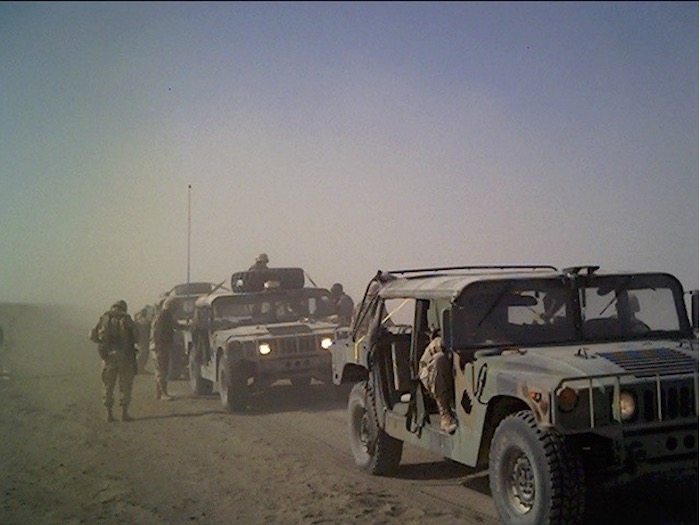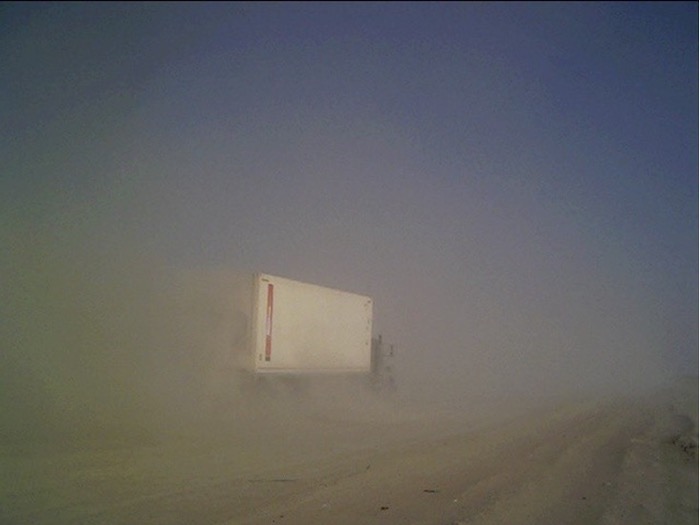Interpretation
Know the difference between a fairy tale and a war story? A fairy tale starts with “Once upon a time.” A war story starts with “And this is no kidding.” Let’s use a war story from Operation Iraqi Freedom. If you want the long version you can read US Army Transportation School Historian Gregg Adam’s version here: 450th Transportation Battalion (USAR) | U.S. Army Transportation Corps and Transportation School | Fort Gregg-Adams, Virginia.
The battalion commander (BC) of the 450th Movement Control Battalion (MCB) arrived at Talil Airbase Iraq two weeks into Operation Iraqi Freedom in 2003. He was greeted by BG Jack Stultz with a sneer and the query “where the hell have you been?” BG Stultz explained that theater transportation (especially the movement of critical meals ready to eat —MREs—also known by the troops as meals refusing to exit, and bottled water to support the warfighters) was not working. The general’s actual language was much more colorful. The general wanted the problem fixed yesterday.

Having just arrived, the BC had little situational understanding. In other words, he didn’t know what was going on. He thought he had better gain that situational understanding or he would be at best out of a job, and at worst—dead.
The first of the cognitive skills is interpretation. Interpretation means to comprehend and express the meaning or significance of a wide variety of experiences, situations, data, events, judgments, conventions, beliefs, rules procedures, or criteria. So, step one was to understand the mission and the commander’s desired effect. This was easy. Do not let US Vth Corps starve or die of thirst. The next step towards situational awareness was how to navigate the battlefield without getting killed. If you can’t move around the battlefield safely then you can’t gain information. The solution in unarmored HUMVEEs was to drive fast and bristle with weapons so no one dared mess with you. The next step was to get out on the road, to talk to everyone involved, observe the current operation and operating procedures, and develop that situational awareness of the process from the origin depots in Kuwait up to the destination at Balad Airbase (later Logistics Support Area Anaconda and later Joint Base Balad) 40km north of Baghdad. Gaining situational understanding was the interpretation phase.

The three sub-skills of interpretation are categorization, decoding significance, and clarifying meaning.